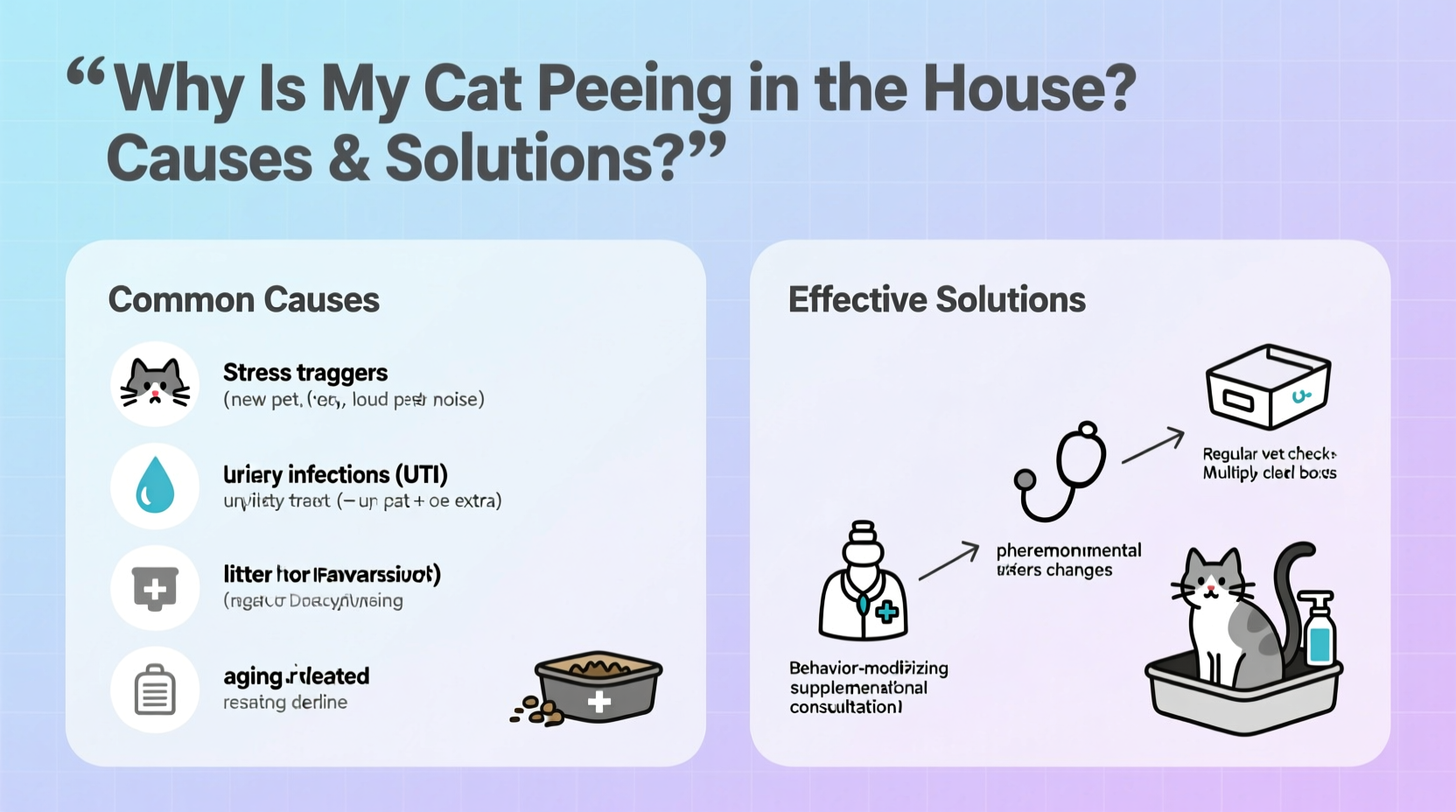Cat owners often feel frustrated and confused when their feline companion starts urinating outside the litter box. Unlike random accidents, this behavior is rarely about spite or poor training. In fact, inappropriate urination is one of the most common behavioral issues in cats—and it’s usually a sign that something is wrong. Whether due to medical concerns, stress, or environmental factors, understanding the root cause is essential to restoring harmony in your home.
Addressing this issue requires patience, observation, and a systematic approach. With the right knowledge, most cases can be resolved effectively, allowing both you and your cat to live comfortably again.
Medical Causes Behind Inappropriate Urination

Before assuming behavioral reasons, rule out health problems. Cats cannot verbally express discomfort, so changes in bathroom habits are often their only way of signaling pain or illness.
Common medical conditions linked to indoor urination include:
- Urinary tract infections (UTIs): Painful inflammation makes urination difficult, leading cats to associate the litter box with discomfort.
- Feline lower urinary tract disease (FLUTD): A broad term covering bladder inflammation, crystals, or blockages—especially dangerous in male cats.
- Kidney disease: Alters urine concentration and frequency, sometimes causing urgency and accidents.
- Diabetes: Increases thirst and urination volume, overwhelming normal routines.
- Arthritis: Older cats may avoid climbing into high-sided boxes due to joint pain.
“Any sudden change in litter box use should prompt a veterinary visit. What looks like misbehavior could be a life-threatening condition.” — Dr. Rachel Nguyen, DVM, Feline Medicine Specialist
Behavioral and Environmental Triggers
Once medical causes are ruled out, focus shifts to psychological and environmental factors. Cats are creatures of habit, and even minor disruptions can trigger stress-related elimination.
Stress and Anxiety
Changes such as moving homes, new pets, loud noises, or altered routines can overwhelm a cat’s sense of security. Some respond by marking territory with urine—often on vertical surfaces like walls or furniture.
Litter Box Issues
The litter box itself may be the problem. Common complaints from cats include:
- Dirty or infrequently cleaned boxes
- Wrong litter type (scented, textured, or dusty)
- Inaccessible location (too noisy, hidden, or hard to reach)
- Too few boxes (the general rule: one per cat plus one extra)
Territorial Marking
Unneutered cats are more likely to spray, but even spayed/neutered cats may mark during social tension—such as introducing a new pet or detecting outdoor cats through windows.
Surface and Location Preferences
Cats may develop preferences for certain textures (carpet, tile, laundry) or quiet locations away from foot traffic. Once a spot is used, scent markers encourage repeat visits unless thoroughly cleaned.
Solutions Checklist: Step-by-Step Plan
- Visit your veterinarian to rule out medical conditions via urine analysis and physical exam.
- Clean all soiled areas with enzymatic cleaner to eliminate odor cues.
- Provide one litter box per cat, plus one additional box, placed in quiet, accessible areas.
- Experiment with litter types—unscented, clumping, fine-grained options are generally preferred.
- Avoid covered boxes if your cat seems anxious; ensure low entry points for seniors.
- Reduce household stress with pheromone diffusers (e.g., Feliway), consistent routines, and safe spaces.
- Neuter or spay unaltered cats to reduce spraying behavior.
- Block visual access to outdoor cats using window films or blinds.
- Gradually retrain your cat using confinement management and positive reinforcement near clean boxes.
- Consult a veterinary behaviorist if the issue persists beyond six weeks.
Do’s and Don’ts: Litter Box Management
| Do’s | Don’ts |
|---|---|
| Use unscented, soft-textured litter | Use strong-smelling deodorizers or scented litter |
| Scoop daily and change litter weekly | Let waste accumulate or delay cleaning |
| Place boxes in quiet, low-traffic zones | Put boxes next to loud appliances or in isolated basements |
| Offer multiple box styles (open, top-entry, low-rise) | Assume all cats prefer the same box type |
| Keep boxes away from food and water bowls | Place food and litter side by side |
Real Example: Bella’s Recovery from Chronic House Soiling
Bella, a 5-year-old domestic shorthair, began urinating on her owner’s bed shortly after the arrival of a second kitten. The owner initially assumed jealousy and tried punishment, which worsened the behavior.
After a vet visit revealed no infection, a behavioral assessment identified stress from resource competition. The solution included:
- Adding a second litter box on a different floor
- Using a Feliway diffuser in the bedroom
- Establishing separate feeding and resting zones
- Implementing short, positive play sessions with each cat
Within three weeks, Bella returned to consistent litter box use. This case highlights how environmental adjustments—not discipline—are key to resolving elimination issues.
FAQ: Common Questions About Cat Urination Problems
Why does my cat pee on my bed or clothes?
This often indicates a preference for soft, absorbent materials—or an attempt to mark items with your scent. It can also signal stress, especially if the bed is where you spend time. Thorough cleaning with enzymatic products is crucial to prevent recurrence.
Is spraying the same as inappropriate urination?
No. Spraying involves backing up to a vertical surface, leaving a small amount of urine with a strong odor. It’s typically territorial. Inappropriate urination is usually on horizontal surfaces and may stem from medical or litter box dissatisfaction.
Can diet affect my cat’s urination habits?
Yes. Diets high in minerals can contribute to crystal formation, increasing UTI risk. Veterinarians often recommend prescription urinary diets for cats with recurrent issues. Always ensure fresh water is available to promote healthy dilution.
Conclusion: Taking Action for a Cleaner, Calmer Home
House soiling is not a lost cause—it’s a solvable puzzle rooted in health, environment, and emotional well-being. Rushing to reprimand or rehome a cat overlooks the real message they’re trying to send. By methodically addressing medical needs, optimizing litter box setup, and reducing stress, most cats can return to proper elimination habits.









 浙公网安备
33010002000092号
浙公网安备
33010002000092号 浙B2-20120091-4
浙B2-20120091-4
Comments
No comments yet. Why don't you start the discussion?